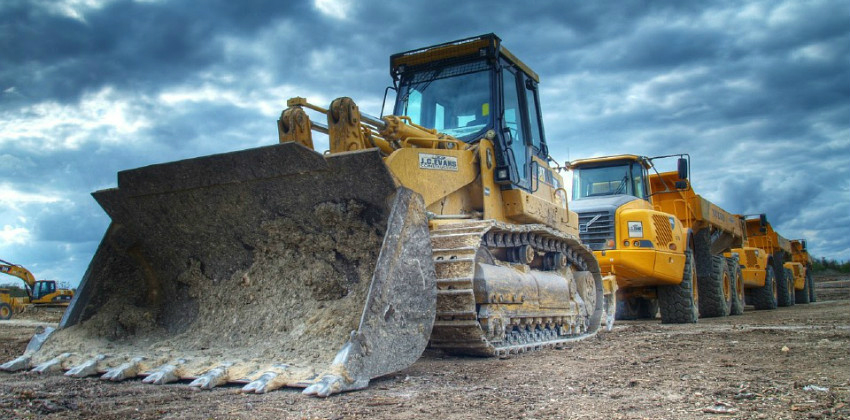Find the Best Rental Company Near Me for Equipment
Find the Best Rental Company Near Me for Equipment
Blog Article
Renting Vs. Buying Construction Tools: Making the Right Choice for Your Task
When beginning on a building and construction job, one of the crucial decisions that forecast stakeholders and supervisors face is whether to lease or buy construction tools. The decision pivots on numerous aspects such as expense considerations, project duration, devices upkeep, adaptability, scalability, and risk administration.
Cost Considerations
Renting devices typically calls for reduced first payments contrasted to buying, making it an appealing choice for temporary tasks or specialists with spending plan constraints. In the long run, continually leasing equipment can build up higher prices than buying, particularly for extensive jobs.
On the other hand, getting construction devices entails greater upfront costs however can result in long-lasting savings, especially for lasting projects or regular customers. Inevitably, the choice between purchasing and leasing construction tools hinges on the task's period, frequency of usage, budget plan factors to consider, and long-lasting monetary objectives.
Project Duration

Alternatively, for long-lasting projects or recurring construction job, acquiring devices can be the more economical choice. Getting tools can lead to cost financial savings in the lengthy run, particularly if the equipment will be often made use of. Furthermore, having tools provides a sense of control over its schedule and permits for personalization to fit specific job needs.

Devices Maintenance
Given the critical function job duration plays in establishing the most cost-effective technique in between buying and leasing construction tools, the focus now moves in the direction of analyzing the crucial aspect of tools maintenance. On the other hand, having devices calls for an aggressive approach to upkeep to protect against break downs, guarantee safety and security, and prolong the equipment's life expectancy. Eventually, a well-maintained construction tools fleet, whether rented out or had, is crucial for the successful and reliable conclusion of building and construction tasks.
Adaptability and Scalability
In the realm of building and construction tools monitoring, the element of versatility and scalability holds considerable significance for project effectiveness and source usage. Choosing to lease construction tools offers a high degree of adaptability as it enables the quick adjustment of tools kinds and quantities based on the developing demands of a job. Renting out makes it possible for service providers to access a vast array of customized tools that might be needed for specific tasks without the long-term commitment of possession. This adaptability is specifically useful for tasks with differing needs or unclear durations (heavy equipment rental).
Leasing construction devices uses the benefit of quickly scaling operations up or down as job demands fluctuate. Service providers can quickly add or trade devices to match the task's altering requirements without the restrictions of having possessions that may end up being underutilized article or obsolete.
Danger Management
Efficient threat administration in building tools procedures is vital to guaranteeing task success and mitigating potential economic losses. Building jobs inherently include numerous dangers, such as equipment breakdowns, crashes, and project hold-ups, which can substantially influence the task timeline and budget. By very carefully taking into consideration the threats associated with owning or renting out building and construction tools, task supervisors can make informed decisions to lessen these possible threats.
Renting building and construction tools can use a level of threat mitigation by moving the obligation of upkeep and repair work to the rental business. This can lower the economic problem on the project proprietor in situation of unforeseen equipment failings (construction equipment rentals). Additionally, leasing provides the versatility to gain access to customized devices for particular task phases, minimizing the risk of having underutilized machinery
On the other hand, having construction devices offers a sense of control over its use and upkeep. However, this also suggests bearing the complete responsibility for repair work, maintenance costs, and depreciation, boosting the economic dangers connected with equipment ownership. Careful danger assessment and factor to consider of factors such as task period, devices application, and upkeep demands are vital in figuring out one of the most ideal choice for efficient danger administration in building and construction tasks.
Final Thought
To conclude, when choosing between acquiring and renting out construction tools, it is essential to think about cost, job period, equipment maintenance, scalability, risk, and adaptability monitoring. Each aspect plays a crucial role in establishing one of the most ideal choice for the job available. By meticulously reviewing these facets, project supervisors can make an informed decision that straightens with their budget plan, timeline, and total job objectives.

Report this page